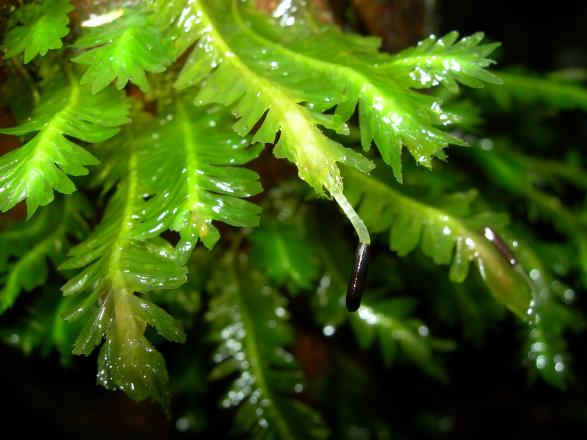Origin and historical biogeography of transantarctic family Schistochilaceae
Xiaolan He, Yu Sun, David Glenny
The leafy liverwort family Schistochilaceae encompasses approximately 80 species. It has long attracted the attention by bryologists because the species are the most vigorous and beautiful leafy liverworts with a diverse morphology, have high levels of endemism and widely disjunct geographic ranges. The family has been used as a classic example of a Gondwanan biogeographic distribution, with its ranges regarded as centers of diversity and also centers of survival of leafy liverworts through earth geological history.
Fossils of the family have been poorly known, with the only report of spores of Schistochila found in the 10,000 years old post-glacial peat deposits from South Georgia. Based on the disjunct distribution pattern and the reproductive strategies (sexuality and spore viability) of extant specices, it has been suggested, that Schistochilaceae originated in Gondwana and its present day distribution is resulted by vicariant events from fragmentation of widespread ancestors through tectonic plate movements. Therefore the family has been thought to be ancient, and the extant taxa possibly being survivors from the start of Mesozoic that have undergone little change since the beginning of the Tertiary due to being associated with relatively stable higher plant communities. However, as with many other Southern Hemisphere plant groups where Gondwanan vicariance and ancient origins were hypothesized, molecular ages indicated that many of these groups are too recent for their distributions to be explained by Gondwanan vicariance, and that dispersal has played a more important role in the distribution of the Southern Hemisphere flora than traditionally assumed.
In this project, we aim to study the origin and evolution of Schistochilaceae to better understand the processes that have resulted in the present southern disjunctions and to test the influential vicariance biogeographic hypothesis proposed previously for the family.
